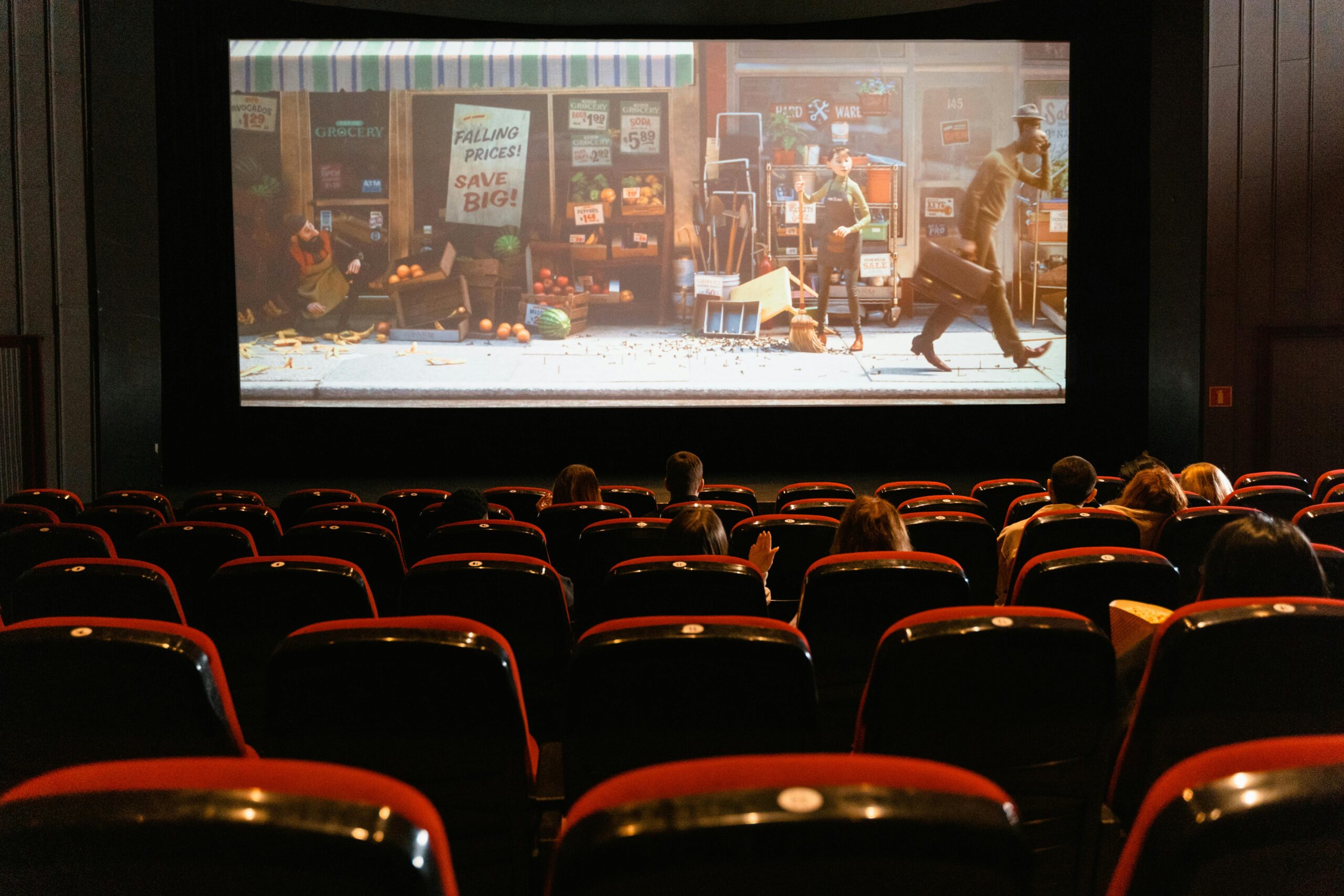Importance of Motion Capture in Animation
What is Motion Capture?
Motion capture is a term you’ve probably heard before. Artists also refer to it as “mocap”. As the name implies, motion capture involves recording or capturing the movement of people, animals or objects, transferring it into 2D or 3D, and then animating it into digital character models. Mocap makes characters move as naturally as their real-world inspirations. Motion capture and 3D tracking systems are used in animation, feature films and video game design. It also plays an important role in television animation, film production and game development.
In animation particularly, mocap has a significant role to play as it makes all our favourite characters come alive.
The application of motion capture in animation is mostly used by the entertainment industry. Although, it is used in the field of medicine and sports as well.
Elements of Character Creation in Animation
When you create characters for feature films, you must understand that they are the soul of the story. Based on how good the animation is, you will be able to transport your audience into an imaginative world. For animation character development, follow these fundamental principles:
- Character design: First and foremost, character design matters. You need to create characters that are not just visually appealing but will also be able to carry your storyline and make the audience emote. You need to start by sketching and ideation of your character. To make it seem as real as possible, focus on facial features, body structure, movement and proportions. Besides this, consider expressions and attire too.
- Character profile development: Once you’ve figured out the basics, you need to delve deeper and create a personality for the character. This will help your audience relate to it. In order to make a character memorable, focus on personality traits, behaviour, distinguishing physical traits, beliefs and values.
- Movement & expression: In terms of gestures and movements, make sure they’re consistent and unique. From their walk to facial expressions, your audience should be able to tell who they really are.
While these elements are the backbone of character creation, you need to achieve a certain fluidity in their movement. Here’s where motion capture comes into play.
Role of Motion Capture in Animation
In the animation industry, motion capture is of utmost importance. Using technology, producers can make animated characters seem as real as possible. The beauty of motion capture is that it can capture and translate even the most subtle aspects of human movement. Even the minutest of body movements can be made look real. Manual animation usually finds this a challenge. However, with motion capture, the process is a lot more seamless. Even the slightest movement can be reflected in the animated character.
Motion capture also brings speed and efficiency to the animation process. For example, in cartoons and video games, if the makers want to add an emotional depth to the animated characters, they can use mocap. It not just enhances the authenticity and storytelling approach but also breathes life into digital characters.
The Future of Motion Capture in Animation
Since motion capture excels in realism, its use-case in the animation industry is only set to increase. While it will not replace animation, it will enhance the authenticity of digital characters. With emerging technologies such as AI and machine learning, motion capture will only get more refined. When this happens, you can expect more nuanced performances and real-life characters. In the near future, mocap will bring in more flexibility thereby easing production efforts and redefining animated storytelling.
The limitless possibilities of mocap have made 3D animation a lucrative career option. Anyone who wants to learn more about art, animation, character development, modelling and storytelling can pursue an advanced diploma in 3D animation. In the entertainment, audio-video and gaming industry, animators and motion capture artists are always in demand.




